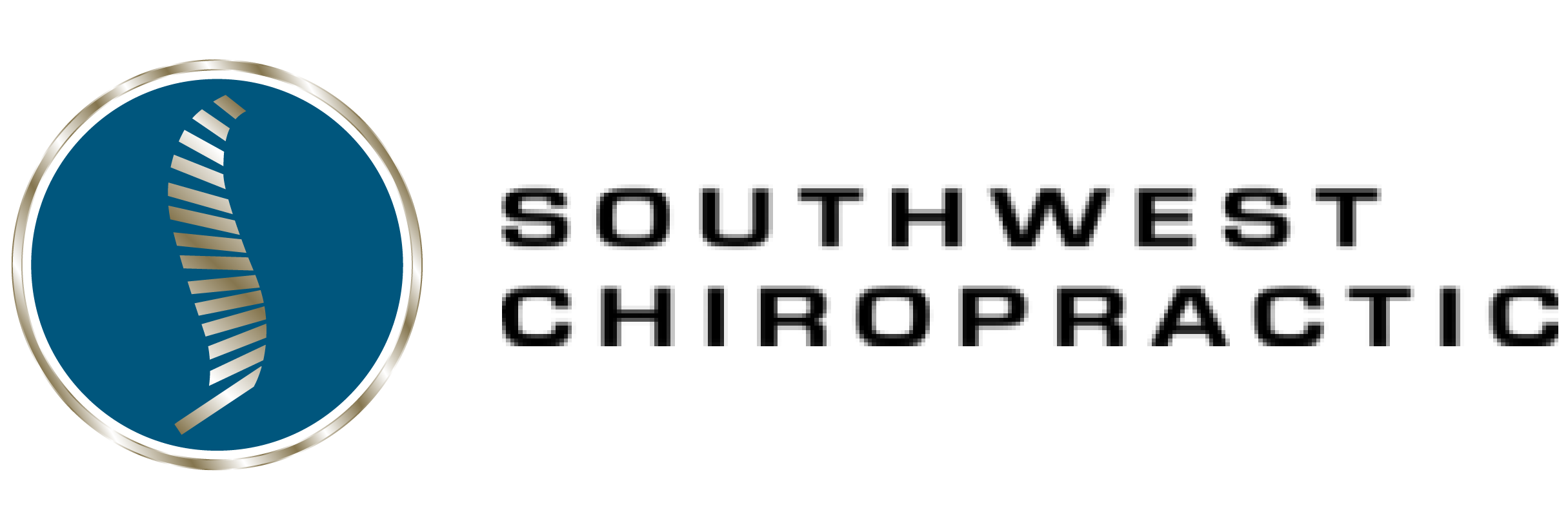Most of our daily tasks involve the movement of our spine. Sitting down at the computer or dinner table, standing up, turning to grab an item, catching a ball, jumping, running, and everything in between requires the stabilization or movement of our spinal cords. Many of us might not think too much about it until we experience pain, discomfort, or a lack of mobility. Unfortunately today, lower back problems are increasingly common. Many of these cases are related to herniated discs. Despite this being a common injury, back pain can be scary and unnerving. So here’s what you need to know before you take drastic measures like surgery.
A Closer Look at the Spinal Cord
The human spinal cord is composed of 24 vertebrae and is a vital link between the brain and the body, as it is intricately innervated with nerves and neural activity. The spine is broken up into four sections, the cervical, the thoracic, lumbar, and sacral. Many common injuries occur in the lumbar spine, as it is an area that takes a lot of tension and impact during common movements that we perform every day.
Common Causes of Spinal Injury and Herniated Discs
The tricky part of herniated discs is that they can happen anywhere, anytime. People have experienced herniated disc injuries while bending down to tie their shoes, to pick up a bag of dog food, or while performing heavy weightlifting exercises. A single strain, injury, or trauma can lead to an injury to your discs. It might happen as a result of wear and tear.
As the National Center for Biotechnical Information asserts, degeneration is perhaps the most common cause. The disc material degenerates with age meaning even minor movements can cause greater damage.
There are eight discs in the cervical spine—which most of us know as the neck—and it is a common area for herniated discs after accidents or trauma. The lumbar spine is perhaps the most common area of the spine that sees herniated or bulging disc injuries.
What You Might Feel When You Have a Herniated Disc
Unlike pain that comes from a mechanical dysfunction, pain associated with herniation is usually experienced as a burning or stinging sensation. It may also include:
- Pain caused while you are sitting
- Radiating pain into your leg (a sign of sciatica)
- Pain aggravated by certain movements such as bending down, lifting, even coughing and sneezing
Herniated Discs: The Jelly Donut Example
Most people don’t like to think of their spine as a jelly donut, but it’s a common example. For some, it is helpful in visualizing a herniated disc injury without getting too technical. It’s a useful example, as it allows people to picture how their disc is structured and what happens when it becomes “herniated.” You can think about your discs as cushions that help absorb impact. Their outer layer is made up of tough cartilage, a dense collagenous ring.
In our donut example, this would be the doughy part of the pastry. The inner jelly filling is the material inside the annulus fibrosus called the nucleus pulposus. When enough pressure is applied, this dense outer layer can crack and cause the nucleus pulposus—i.e jelly filling—to be pushed out, obstructing the path of the spinal nerve which causes inflammation and swelling.
The Difference Between Herniated Discs and Bulging Discs
The terms bulging disc and herniated disc are often used interchangeably and are really a similar issue. The term “slipped disc” is also used commonly to refer to either a bulging or herniated disc. A bulging disc doesn’t always affect the entire disc but only part of it and the herniated disc refers to an injury that involves a crack to the outer layer.
Treatments for Herniated Discs
Herniated disc injuries will interrupt a person’s active lifestyle. A chiropractor will approach the problem through various angles and begin by understanding your medical history, perform a physical exam, and even orthopedic and neurological exams. Sometimes X-rays and MRIs are necessary to pinpoint the precise source of the problem.
Questions a chiropractor will address as they evaluate your back issue:
- Muscle strength: A sedentary lifestyle or advanced age can lead to degeneration of the muscles which helps protect the back. Addressing muscle strength issues and other mobility problems can help on the road to recovery.
- Reflexes: When nerves are affected, reflexes do not function as they should. It could be an indication that a disc has ruptured and is messing with a spinal nerve.
- Loss of sensation: Some people will experience the loss of sensation along a path of a nerve. When this happens, it might indicate that a nerve is being obstructed by a herniated disc.
- Posture: A chiropractor cares about your overall spine health. Posture can say a lot about possible causes or issues in other parts of your spine.
The Use of Spinal Manipulation
Spinal manipulation sounds intimidating to some people, but it is a very effective technique to get relief from herniated disc pain. This is a hands-on technique and should be performed only by a professional and experienced chiropractor. It requires slow and calculated movements that help the body push the disc back into pain. Patients may hear popping sounds when this happens. This is normal! It is a result of gasses released from the shifting discs.
Active Recovery
Your chiropractor may also suggest the performance of certain movements. These exercises are meant to fortify your strength and keep mobility as your body continues to heal.
Experiencing Back Pain? Get Relief With a Trusted El Paso Chiropractor
Here, at Southwest Chiropractic, we practice conservative means for healing the spine and other bodily injuries. Loss of mobility is detrimental to a person’s quality of life. Come by today for an assessment of your back pain and how we can help you get back to normal.


